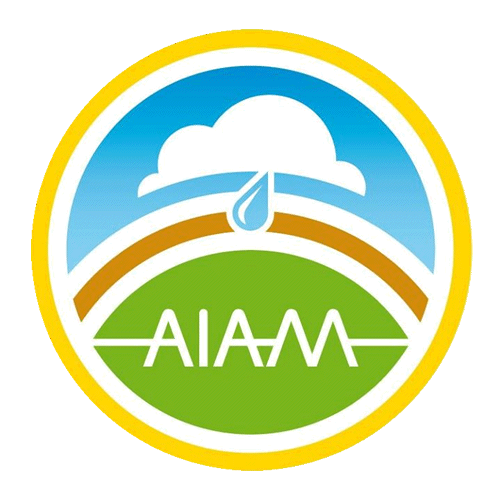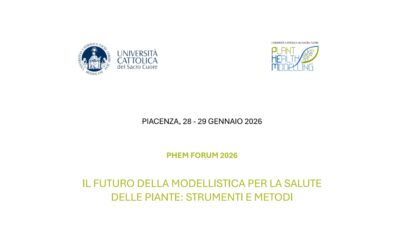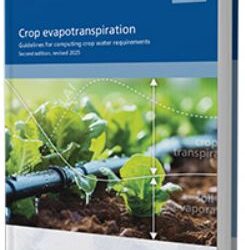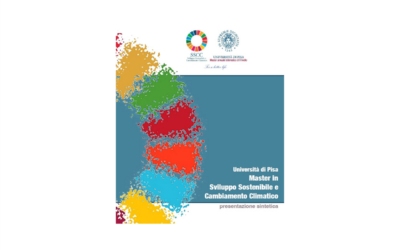Durante l’Assemblea Generale dell’EGU (EGU General Assembly 2020) che si terra’ a Vienna nei giorni 3–8 Maggio 2020 ci sara’ una sessione riguardante:
Applicazioni di meteorologia e climatologiaall’agricoltura
(Applications of meteorology and climatology to agriculture)
La sessione e’ la AS4.38, i convener sono Claudio Cassardo, e Valentina Andreoli.
Il termine ultimo per la ricezione degli abstract e’ il 15 gennaio 2020, alle ore 13:00 CET.
Il programma, sotto riportato in dettaglio in inglese, cita, come esempi di applicazioni della meteorologia e/o del clima all’agricoltura, la componente sperimentale (misurazioni e algoritmi), quella numerico-modellistica, quella teorica e quella informativa (per gli stakeholder e gli utenti), ed invita a contribuire chiunque lavori in uno dei campi sopra menzionati.
Programme:
Meteorology can give an essential support to agriculture and farmers, being every agricultural activity dependent on the weather, and could also help in reducing the impact of agricultural practices on the environment. On the other way, climate influences the cultivations (both in terms of agricultural decisions and/or suitability of determinate cultivars in function of meteorological parameters) of a determinate area, in terms of macroclimate (large scale – interactionof large-scale topography with air masses), mesoclimate (medium scale – effects of local features such as a single mountain, hill, forest, lake, river, or plain), and microclimate (local scale – the climate near the ground, where most of plants live). In addition, climate change may alter actual production and quality of products, introducing some challenges for the future. The succesful application of meteorological and climate information to agriculture should integrate at least three components: the experimental part (measurements, as well as algorythms to gather necessary informations from existing datasets), the numerical part (computer models, such as land surface models, complex soil-plant-atmosphere models, crop models), the theoretical part (analysis), and the informative part (how to present the relevant informations to the stakeholders or users of the agricultural compart).
This broad-scale session is devoted to all people working in one of the above mentioned fields, with aparticular stress on the interrelations with the atmospheric component.



